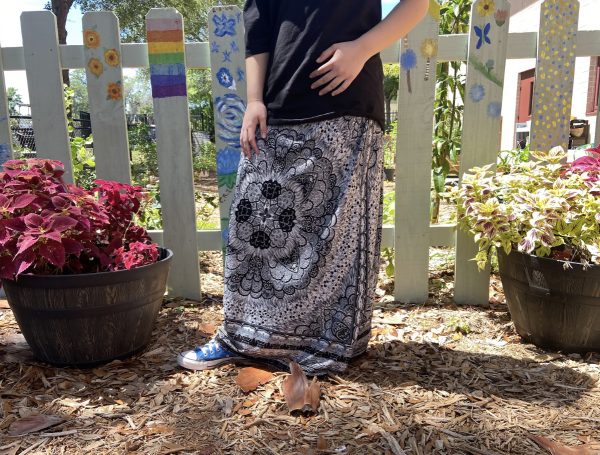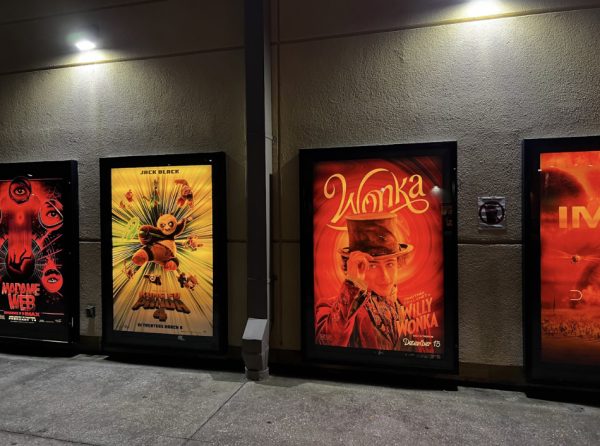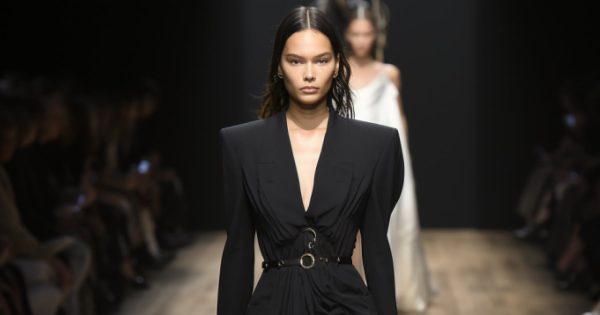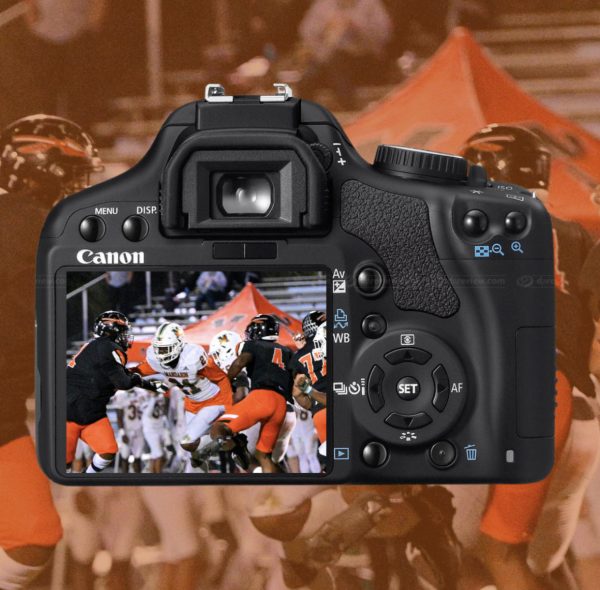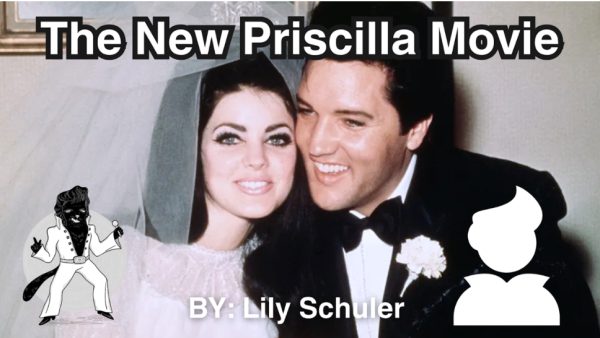ASIAN AUGUST SHIFTS SPOTLIGHT
Sophomores pose for a humorous recreation of the iconic Crazy Rich Asians movie poster.
September 7, 2018
The exclusion of Asians in Hollywood has been a persistent problem since the dawn of the movie industry. Diversifying American media has been a painstakingly slow process, but finally, it seems that progress is being made. Within one month, two wildly successful blockbuster Asian-led movies were released: “Crazy Rich Asians,” which featured an all Asian cast, and “To All the Boys I’ve Loved Before,” starring Vietnamese actress Lana Condor.
Seeing stories made by Asians about Asians has been a long overdue experience for many students. Senior Megan Trinh, the co-president of Asian Student Association (ASA), expressed her excitement over finally feeling like she could relate to a character on the screen.
“It was so refreshing to see Asian characters portrayed as people. They weren’t the kung fu master, the exotic Asian woman, the nerd or the doctor. They were just normal people,” said Trinh.
For junior Leah Suddhir, seeing her home country of Singapore presented on an American screen evoked strong emotions.
“When I saw the Singapore montage of the attractions, food, and people with accents, I really started to tear up. It was truly an amazing feeling to see people like you on screen,” said Suddhir.
Historically, Hollywood’s lack of interest in Asian narratives has harmed not only aspiring actors, but impressionable young audiences. According to a 2016 diversity study, Asian actors received only 3.9 percent of speaking roles in movies, compared to white actors, who received 73.7 percent. American media’s failure to depict the diverse spectrum of viewers can limit underrepresented children’s outlook on who they can be. Representation is important, and consistent erasure leads minorities to question how society views them. American people are not all blond hair, blue eyes, and light skin.
“[Underrepresentation] made me kind of resent my culture because I saw someone beautiful on a screen, and I would want to be like her, but I did not look like her,” said ASA co-president Camille Didulo, a senior.
If the exposure of Asians starts to dwindle, society risks reducing Asian culture to caricatures and stereotypes. Hollywood’s historic refusal to allow people of color to rise as directors and actors, as well as its lack of effort to understand Asian culture, has resulted in the generalization of an entire population. This has manifested in the form of racist caricatures such as Mr. Yunioshi from “Breakfast at Tiffany’s.” Even though representation has improved, it seems like the underlying problem still persists. For example, countless Asian-rooted franchises have been whitewashed, including “Ghost in the Shell” and “Annihilation.”
The cultural triumph of Crazy Rich Asians has been matched by financial success at the box office. “Crazy Rich Asians” amassed $34 million in its opening week alone and “To All The Boys I’ve Loved Before” has acquired an intense online fan base and overwhelmingly positive reviews. These successes defeat the prevailing mindset of media executives that there is no market for Asian movies.
“Hollywood has ingrained in itself that Asians cannot portray leading roles and that the public [does not] want to see Asian leads,” Trinh commented.
This ideology is unfair to the millions of Asian Americans that deserve to feel like their stories matter. Thus, it is a relief for many to experience the release of various movies that validate the culture of Asian Americans by placing them front and center on-screen, instead of pushing their story to the background and forcing them into the role of a disposable side character, or as an afterthought.
As the credits rolled on Crazy Rich Asians, it felt as if another story was coming to an end, except this one was long overdue. Asians were finally being portrayed as the heroes of their own stories.

























